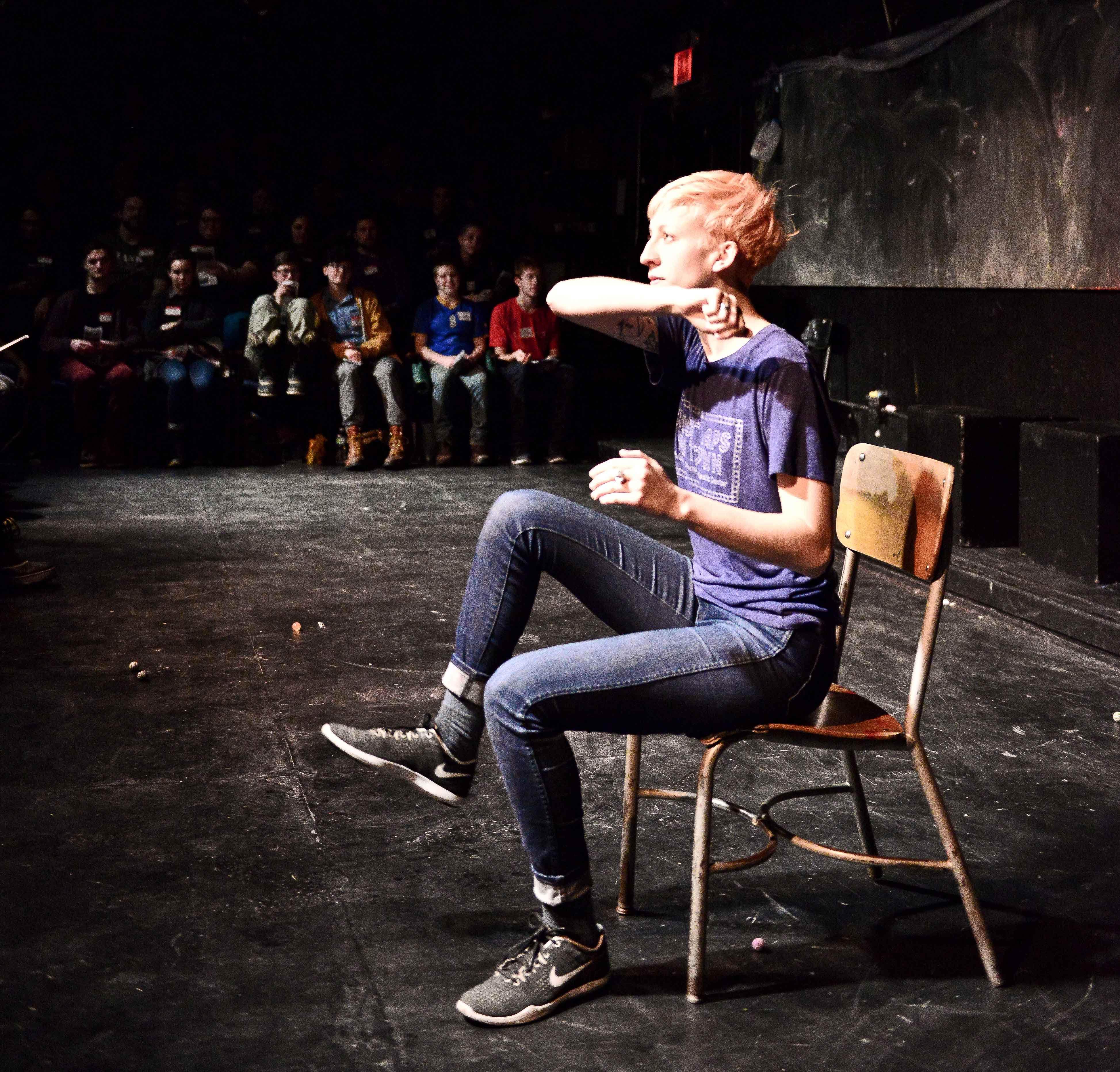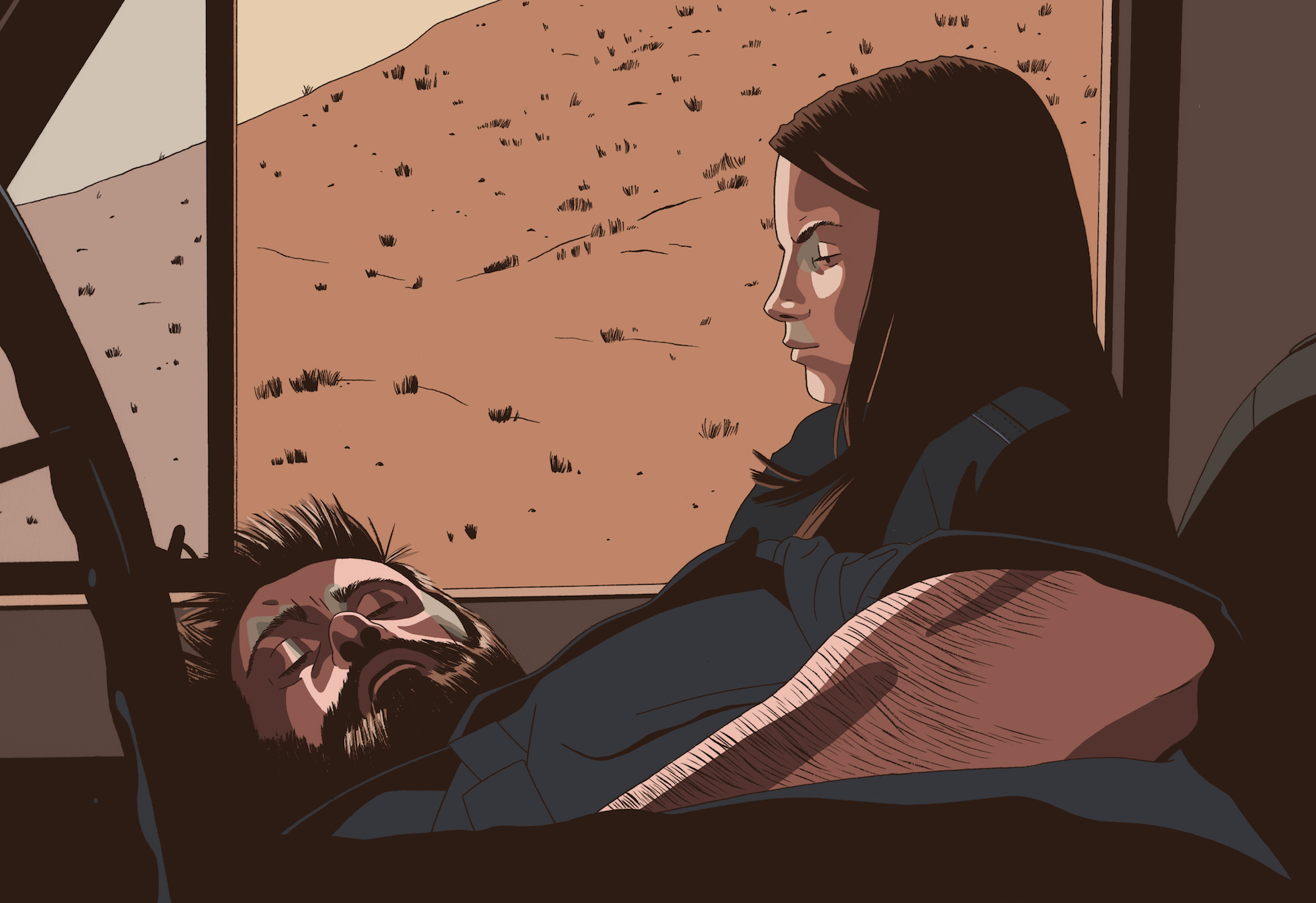
“La La Land” became the first blockbuster of 2017. The film won six Oscars, and a Steve Harvey-worthy best picture mix-up. The movie attracts the viewers thanks to the chemistry between Emma Stone (who won the Oscar for Best Actress) and Ryan Gosling, the pretty cinematography, and music. The film also plays on the sentiments of the Golden Era of Hollywood, and often uses cliché phrases about pursuing one’s dreams. “La La Land” pretends to be something that it is not: an uplifting commentary about the role of artistic dreamers in society. Instead, it is just a story of hipster-y, privileged, young people, whose mediocrity is masked with catchy songs and splendid visual effects.
The emptiness of “La La Land” is particularly painful in comparison with the director David Chazelle’s “Whiplash” (2014), which set my expectations very high.
Chazelle’s earlier movie chronicled the struggle between an ambitious drummer and his sadistically demanding teacher. Unlike “La La Land,” “Whiplash” did not pretend to be something that it was not. It lacked expensive visual effects, and did not pedantically explain the role of art to the audience. Most of the film followed the psychological war between Miles Teller and Ben Simmons. The main characters’ conflict became a driving force of their lives. Their struggles were justified by the high stakes of artistic ambition and provided more emotions than a good thriller. I was anxiously clenching my fists while watching “Whiplash,” but “La La Land” only made me roll my eyes.
The narrow focus on “Whiplash”’s characters was justified by the style of the narrative. Their place of origin and friends did not matter — student/mentor war was the most important part.
However, “La La Land” aspires to become a panorama of contemporary Los Angeles and miserably fails. The romance between the Golden Era of Hollywood and the 21st century makes little sense in the narrative. The story would benefit from simply taking place in the 1920s. Why do you situate your protagonists in contemporary times if they cannot send a simple text while running late to the distressed love of their life? Why is jazz presented so pretentiously, as though it is nobler than hip-hop? Why are job-related travels more devastating for the relationship than economic struggles or character differences? Haven’t they heard of Skype, Facebook, and other means of making long-distance relationships bearable? Even though the movie aesthetics refer to the 21st century (yet simultaneously constantly reference classical shots from the early 20th century), the narrative is stuck in 1950s.
The viewer is supposed to empathize with the leads. Mia, played by Emma Stone, is an aspiring actress, who runs to castings after spending her days working as a barista. Sebastian, played by Ryan Gosling, is a musician who hates his gigs with party bands and dreams of opening a fancy jazz club. The protagonists cross paths multiple times and annoy each other, but ultimately decide that they are (what a surprise!) in love. While dating, they support each other’s dreams and artistic ambitions, encouraging one another to boycott the commercial art scene in Los Angeles and pursue hipstery projects, like writing a one-woman show for a small theater.
The narrative claims that the stakes of their dreams are high — they invest all savings into their artistic endeavors. However, only their egos suffer. When in trouble, both protagonists simply ask their family for financial support, keep their fancy vintage car, and live with the sense of failure until another artistic opportunity arises. The movie never acknowledges the characters’ privilege, and never references that the whole world exists outside of their pretentious struggle. Despite referencing the city of Los Angeles in stunning panorama shots and the theme song, “La La Land” never portrays any real problems, nor the diversity of the city.
“City of stars, are you shining just for me?” sings Ryan Gosling. Indeed, Chazelle’s Los Angeles exists just for his protagonists who never acknowledge any global problems that do not concern their somewhat narcissistic dreams. The biggest catastrophe that affects their Los Angeles is the closure of a vintage movie theater after a Multiplex opens. The Best Picture Award for “La La Land” would mean that the Academy members are enchanted with the utopian vision of the world, in which one’s ambitions are more important than relationships.
Fortunately, proclaiming “La La Land” the best movie of the year turned out to be a mistake.







